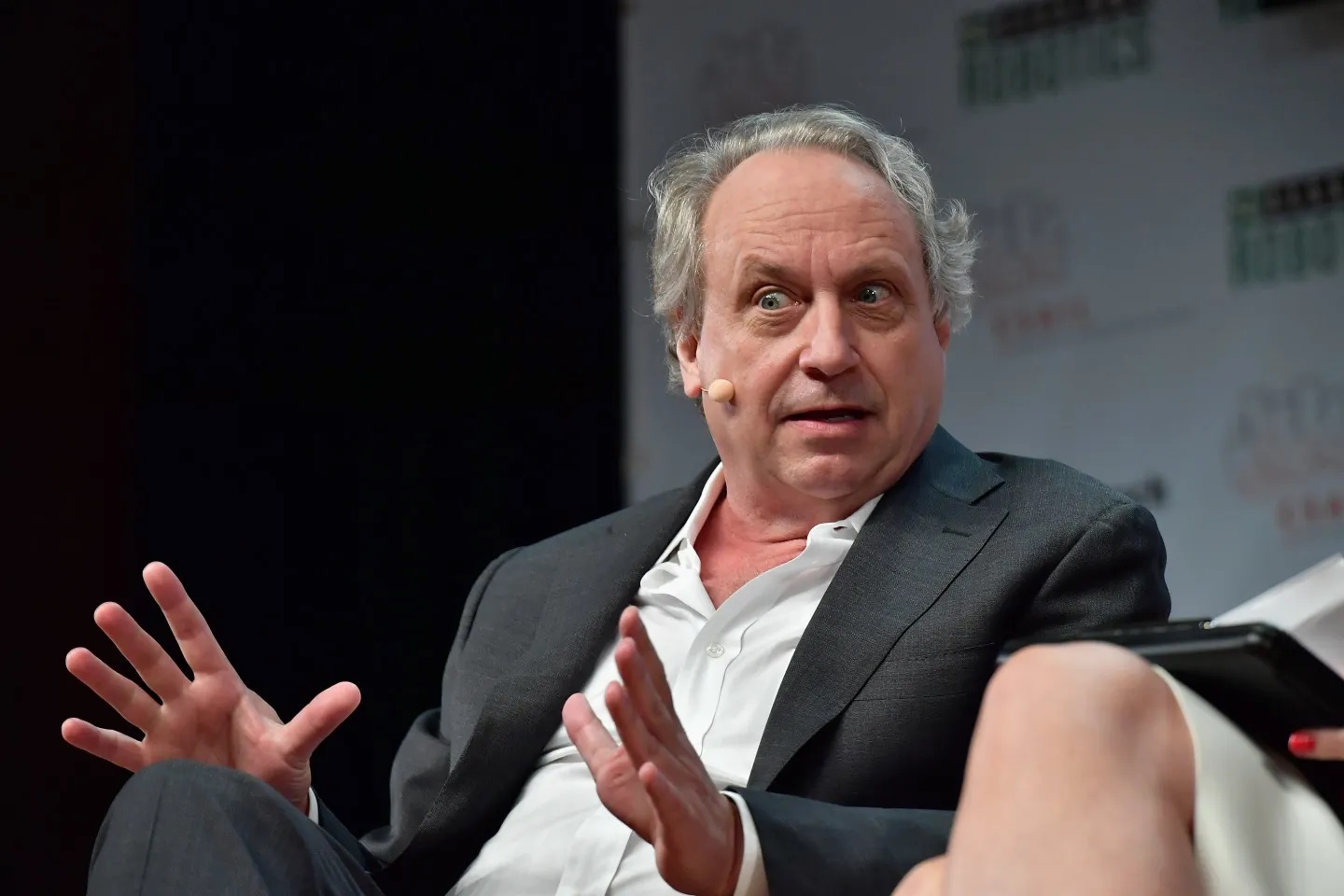Rodney Brooks on the Future of Robotics: From Roomba to Tesla’s Optimus

Robotics pioneer Rodney Brooks, co-founder of iRobot (creator of Roomba) and past MIT researcher, recently shared his views on the trajectory of humanoid robots like Tesla’s Optimus. He believes that despite ambitious visions, practical constraints and timelines will shape how and when such robots find everyday use.
Quick Insight: Brooks argues that robots like Optimus will likely start with narrow, well-defined tasks (e.g. logistics, factories) rather than general household assistants. He cautions that expectations for general-purpose robots within a few years are overly optimistic.
1. From Roomba to Humanoids
Brooks leveraged lessons from developing the Roomba vacuum to frame the challenges facing humanoid robots today. He notes that while Roomba works in relatively simple, structured environments, building robots that walk, balance, manipulate objects, and adapt to diverse settings is far more complex.
2. The Challenge of General-Purpose Robots
• Many robotics teams overpromise; Brooks warns of the gap between impressive demos and robust daily operation.
• Power, weight, durability, perception, safety, and cost remain serious bottlenecks.
• He expects early successful deployments to appear first in controlled settings (factories, warehouses) where the environment is more predictable.
3. Timelines & Realistic Expectations
Brooks suggests that expecting Optimus to be fully functional and ubiquitous within a few years is unrealistic. He believes progress might be slow, incremental, and constrained to specific niches before broader adoption.
What to Watch Next
• Commercial use cases where robotics make financial sense first (warehouses, logistics, elder care).
• Breakthroughs in energy efficiency, actuation, materials, and perception.
• How robotics firms partner with industry to embed robots into workflows rather than replacing humans overnight.
• The gap between demo robots and robots that can maintain uptime in real environments over months or years.
